The Capstone Design project at the School of Engineering of Virginia Commonwealth University is meant to be the climax of every engineering student’s undergraduate education. Along the way, we gained valuable experience of working in teams, including group dynamics; dealing with conflicts, meeting time-driven deliverables and deadlines; and communication among team members, project sponsors, and faculty advisors.

Abstract
According to the EPA, harmful algal blooms may occur more frequently in coastal areas like the Chesapeake Bay due to warming waters and increased nutrient pollution. Algal blooms cause aquatic dead zones which damage the ecosystem and can produce toxins which are dangerous to animals and humans. Continual environmental monitoring is required to research algal blooms and to prevent harm to resi- dents and industries
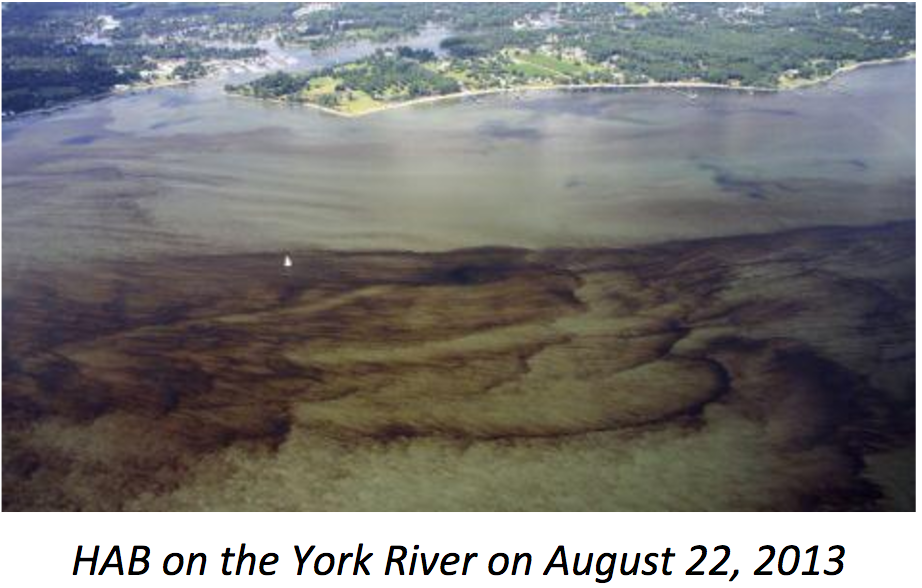
We researched technologies to locate harmful algal blooms and found spectroscopic remote surveying an effective approach. A material’s wavelength-dependent reflectance reveals its material composition. Unfortunately, existing methods which can map spectral characteristics are lacking. Field researchers with handheld spectrometers may analyze nearby vegetation’s identity and health but surveying a large area is time-consuming. Alternatively, hyperspectral cameras mounted to aircraft and satellites can gather data from a wide region but are cost prohibitive for local studies and provide limited spatial resolution.
R.A.M.S
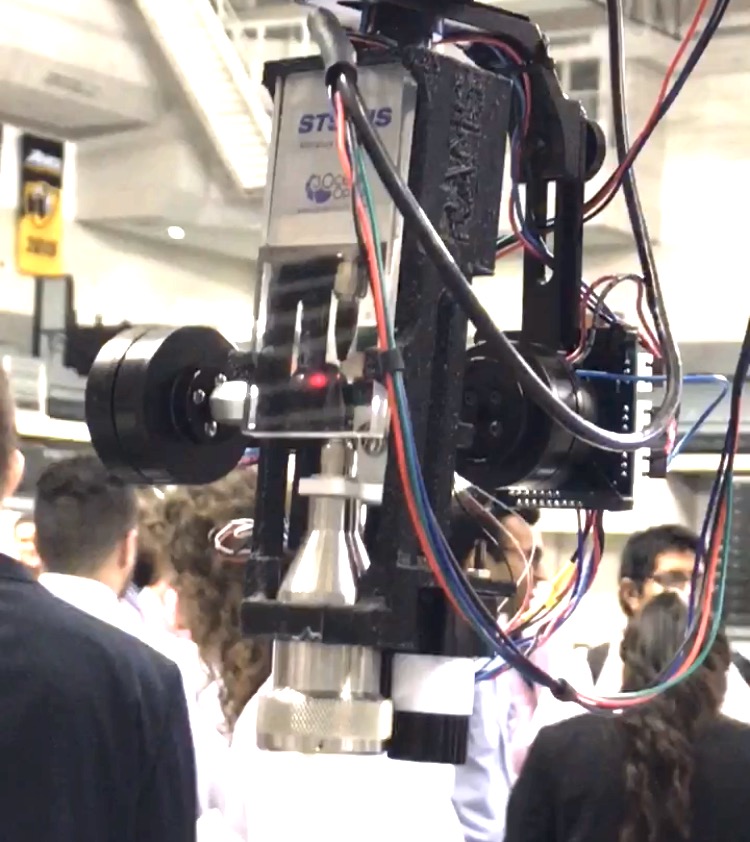

We designed a spectral mapping sensor payload for mounting on unmanned aerial vehicles. The Remote Aerial Mapping Spectrometer (RAMS) adapts to any aircraft able to carry its low weight because it is self-powered and includes all necessary sensors. It scans its surroundings with a laser rangefinder and spectrometer with a long-focus lens. RAMS monitors the orientation of its sensor package and computes a three-dimensional map of nearby material signatures.
Exposition Poster

Technology
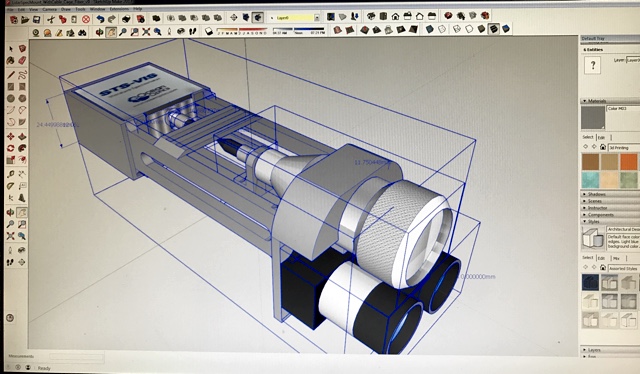
Google Sketchup Model
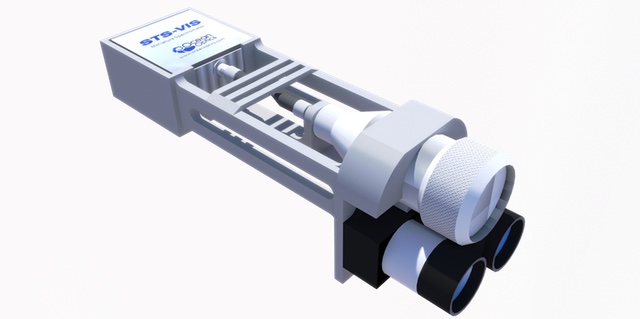
3D Render
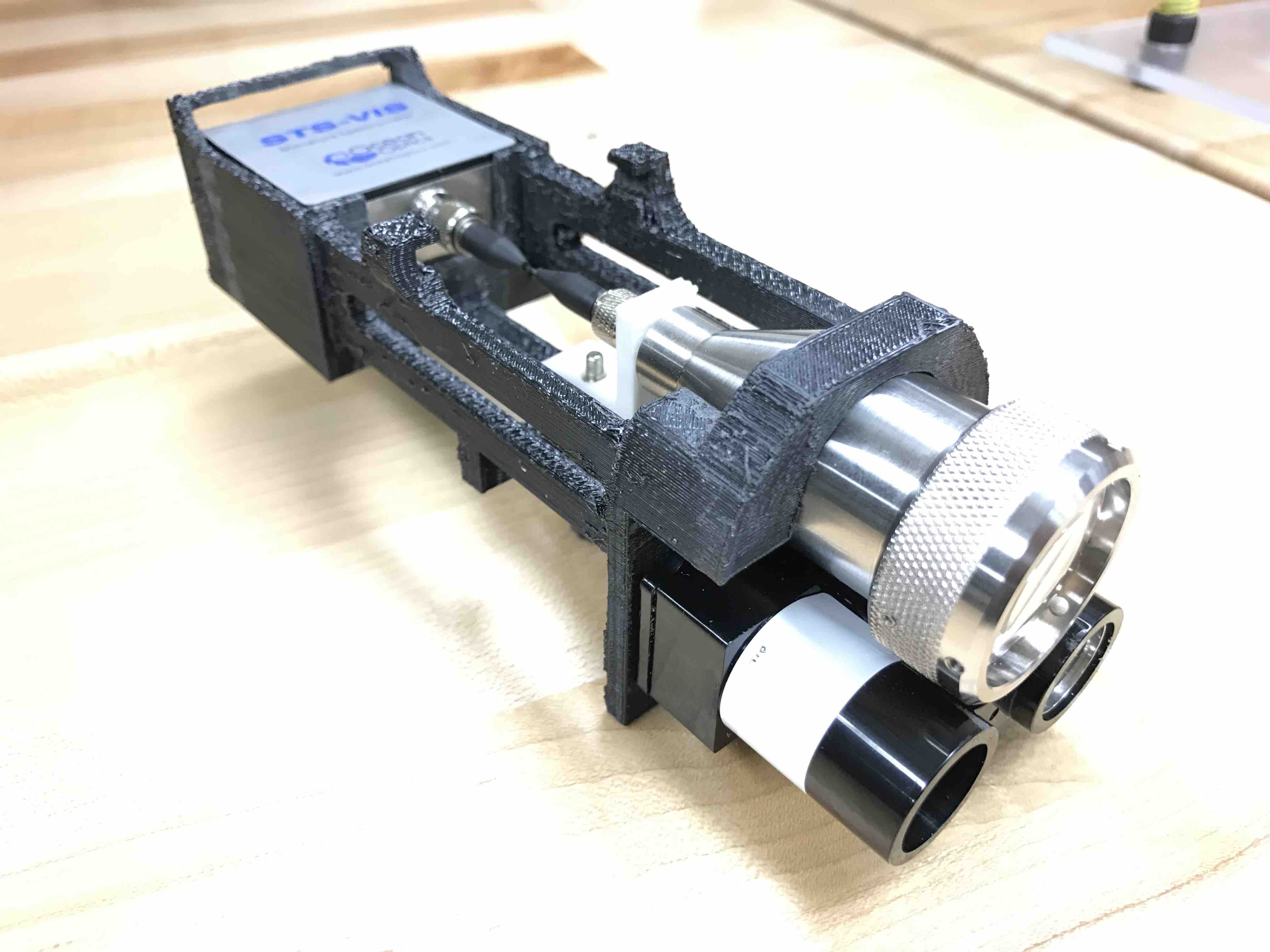
Final Design
3D Printed
The Sensor package consisted of a 3D printed sensor mount which cradled an
STS-VIS Ocean Optics Spectrometer connected to a collimating lense via a 5" custom made fiber optic cable. As well as a LIDAR-Lite 3 laser rangefinder. Chassy
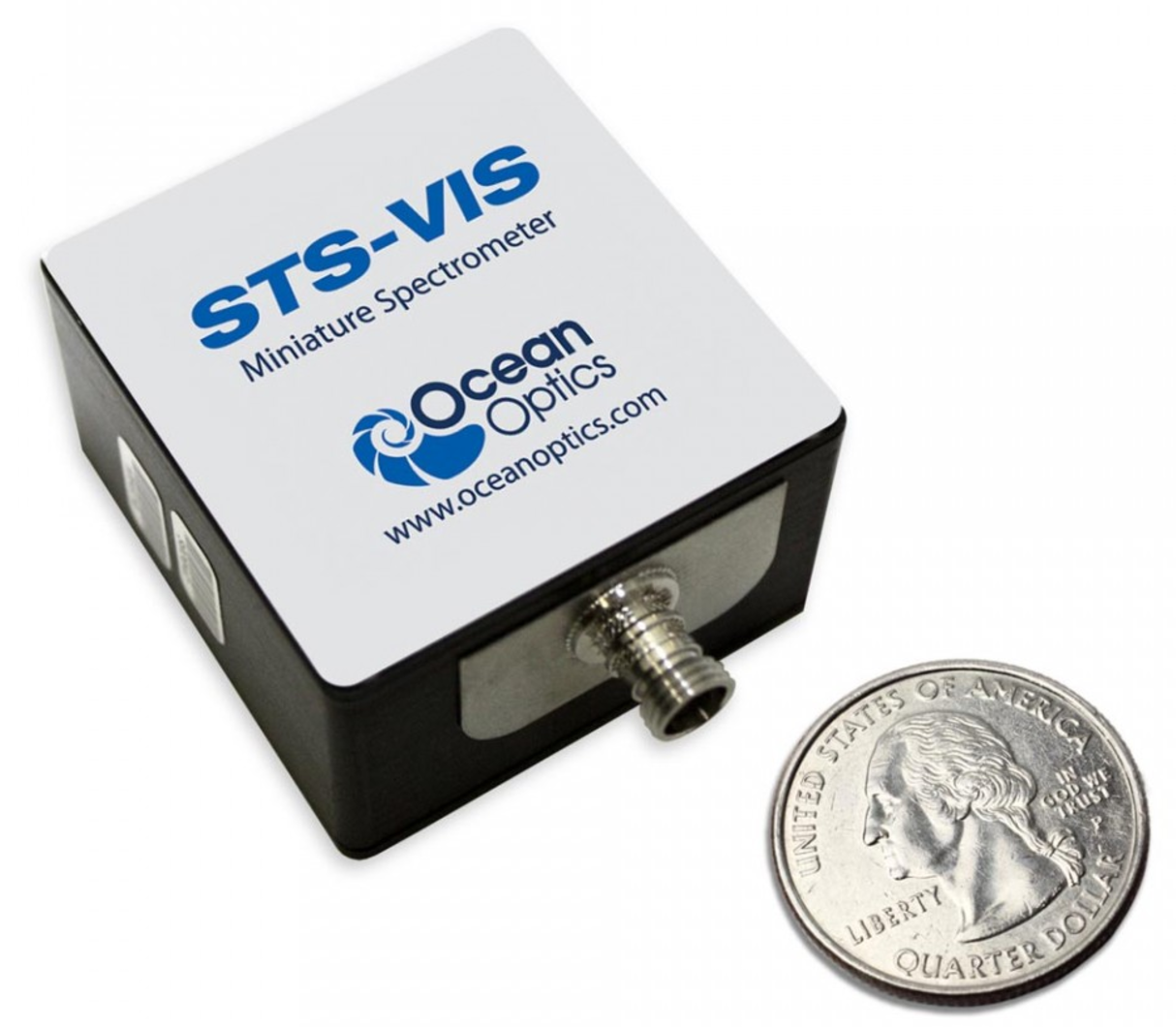
Ocen Optics - STS-VIS Spectrometer

LIDAR-lite V3

The Brains- Raspberry Pi 3B

Custom made PCB allowed our system to be Low SWaP (Size, Weight, and Power)
Sternheimer Design Award

Funded by Mr. Mark Sternheimer, major benefactor and Foundation Board member a highly prestigious award given to projects xhibiting outstanding innovation and entrepreneurship. (1)
Sponsor
NASA Langley Research Center
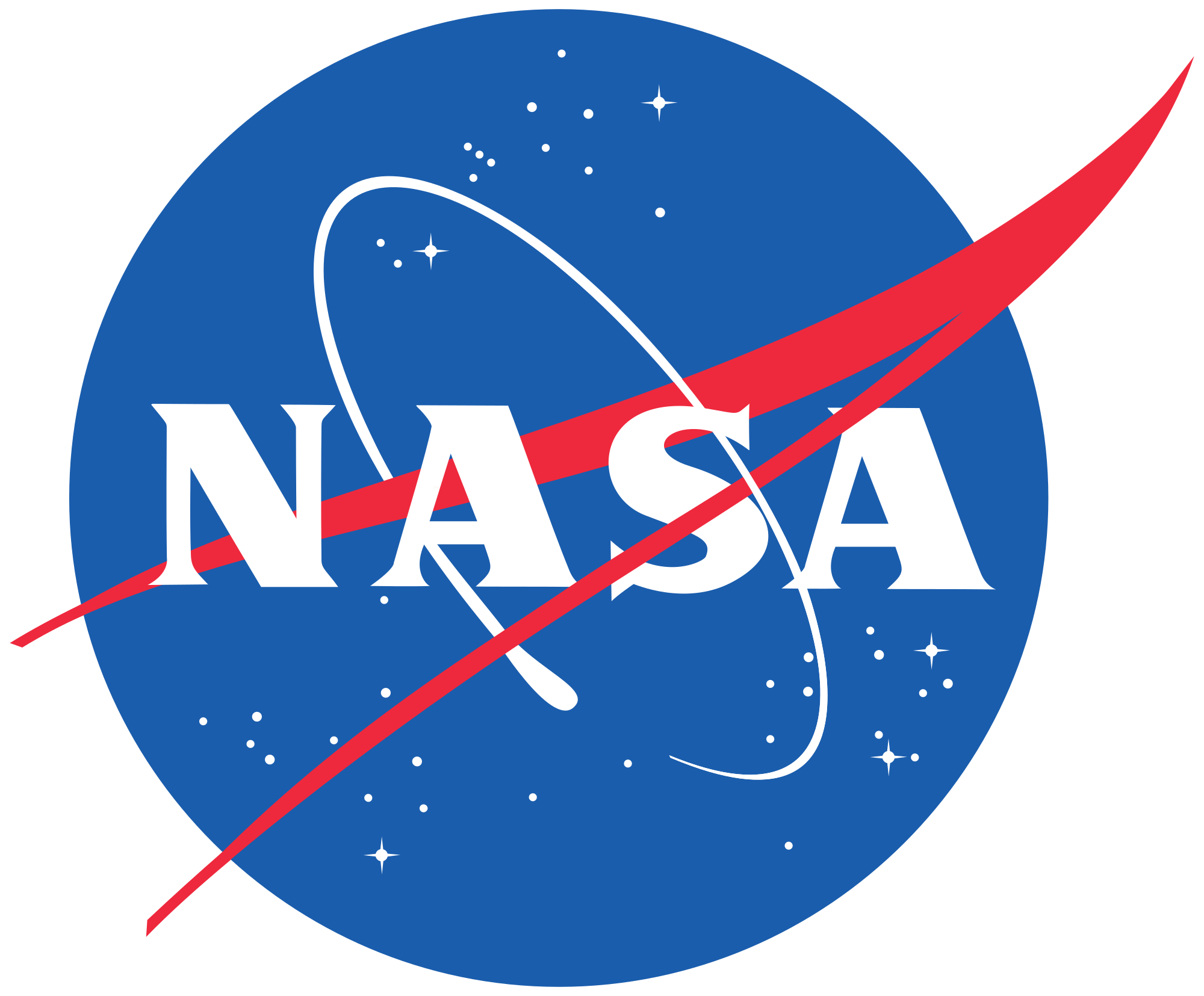
Mentored By: Steve Horan
Principal Technologist,Game Changing Development Program at
NASA Langley Research Center

The Team

Kenny Parker
Computer Engineering

Chris Lillard
Electrical Engineering

Quan Ma
Computer Engineering

Afroditi V. Filippas, Ph.D.
Associate Dean at VCU
for Undergraduate Studies
Special thanks to my teammates.
An amazing team of engineers;
Kenny (Master Programmer), Chris (Electrical Guru), Quan (Task Manager) and of course Dr.Filippas (Outstanding Advisor).
In addition to my programming and 3D modeling experience.
Our team was a recipe for success.
Thank you!
Want to Learn more about the project?
R.A.M.S
FINAL REPORT
(1) More information about Sternheimer Award: https://egr.vcu.edu/sternheimer/